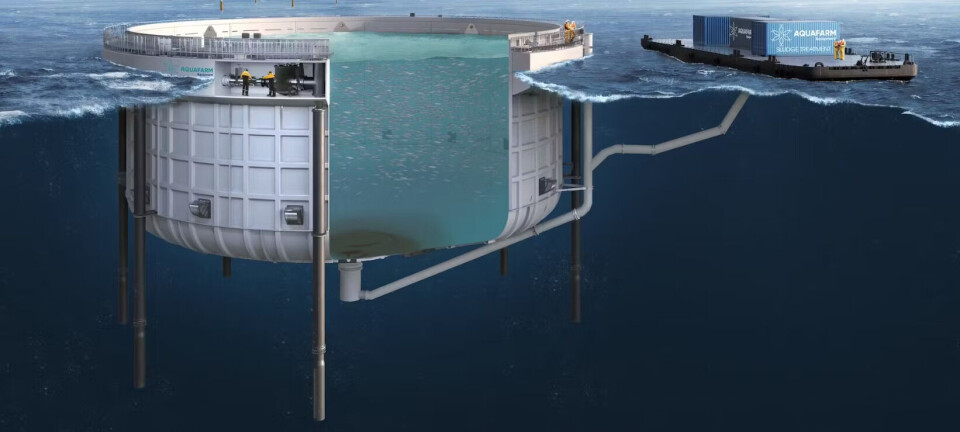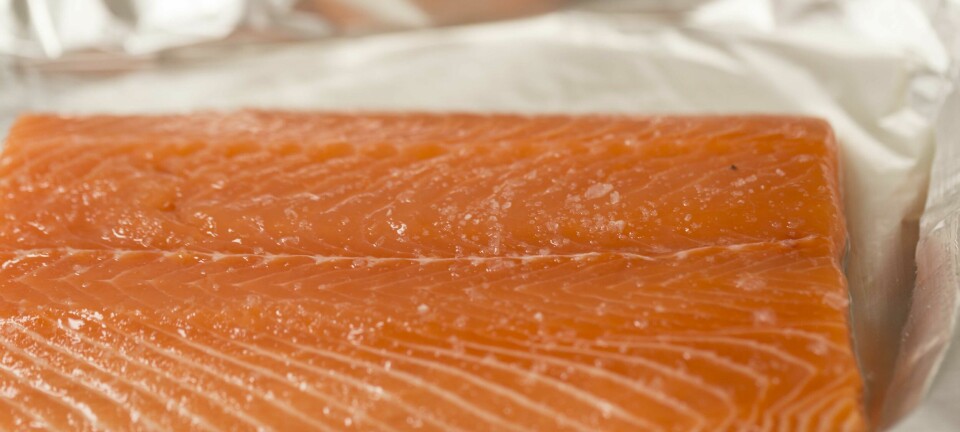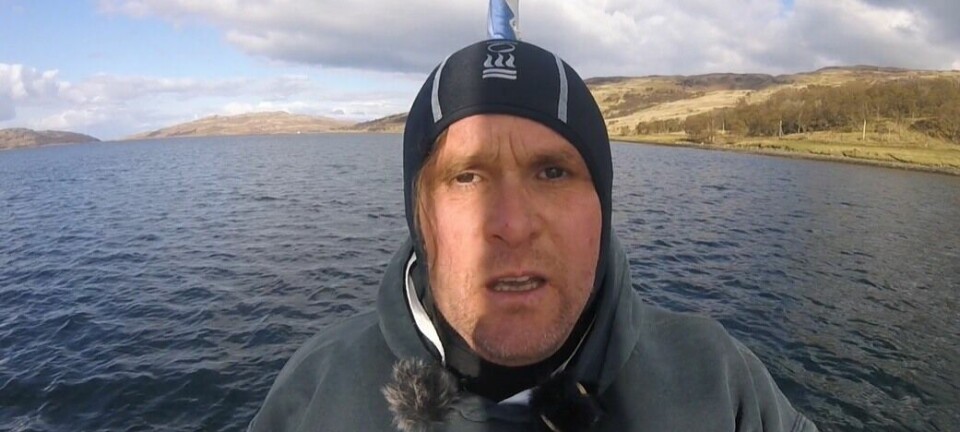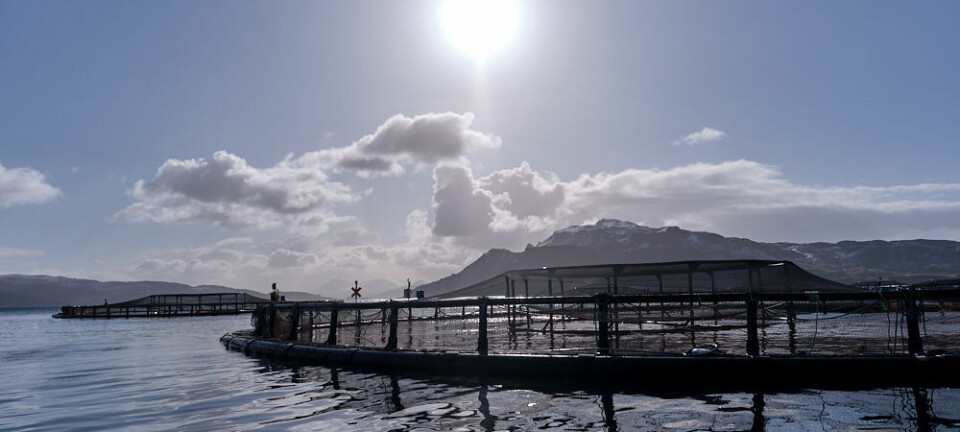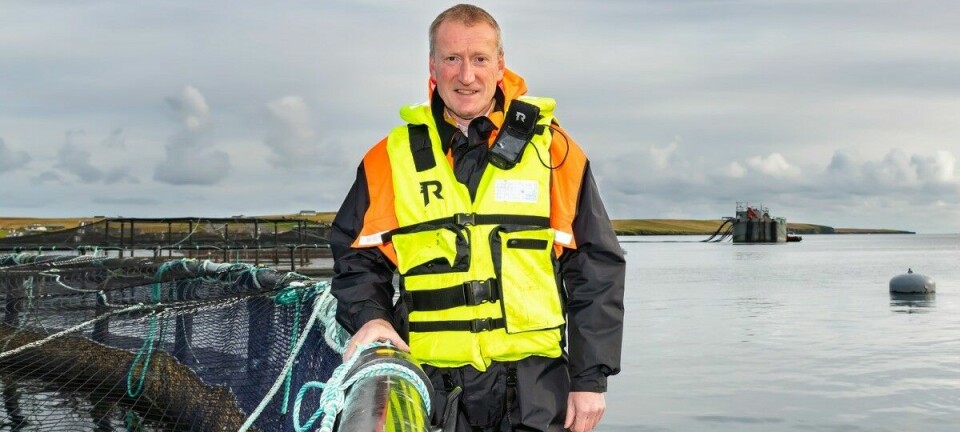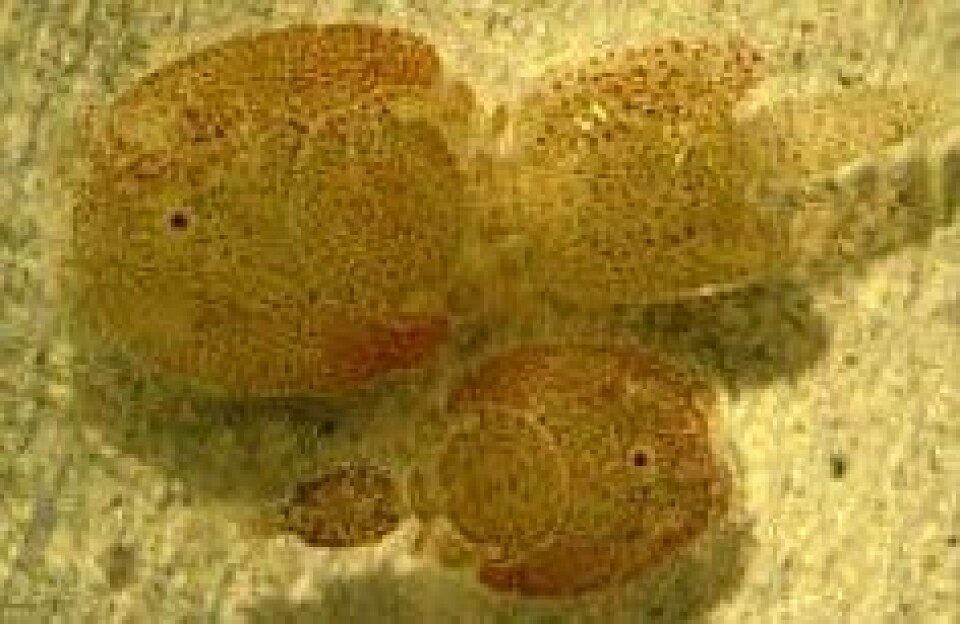
Visual evidence of farmed ballan wrasse delousing Atlantic salmon
Clinical sea-lice infections remain a health issue in the Atlantic salmon industry. These are commonly controlled through integrated pest management strategies including cohabitation of cleaner fish (wrasse) for natural removal of salmon`s ectoparasites.
Delousing efficacy of wild wrasse has been known for several decades although direct behavioural evidences are scarce.
Leading Scottish salmon producers (Marine Harvest Scotland Ltd in collaboration with Scottish Sea Farms Ltd) and scientists from the Institute of Aquaculture’s Reproduction & Genetics group have been awarded co-funding of £2.1m from the Technology Strategy Board to develop protocols and technology to farm wrasse and implement results in the Scottish salmon industry.
One of the most important tasks during the first year of the project has been to confirm the efficiency of farmed wrasse in removing sea lice from salmon.
In addition to the experimental trials, efforts were placed on capturing visual evidence of farmed wrasse picking sea-lice from salmon. The aim was to confirm the delousing behaviour of farmed ballan wrasse which had never been exposed to sea-lice or salmon and were previously fed on artificial pellets Video footage was captured within 20 hours of cohabitation between Atlantic salmon infected with sea-lice and farmed Ballan wrasse. A total of 65 parasitic sea-lice were presented and cleared over the 20h cohabitation period (water temperature of 7 °C).





